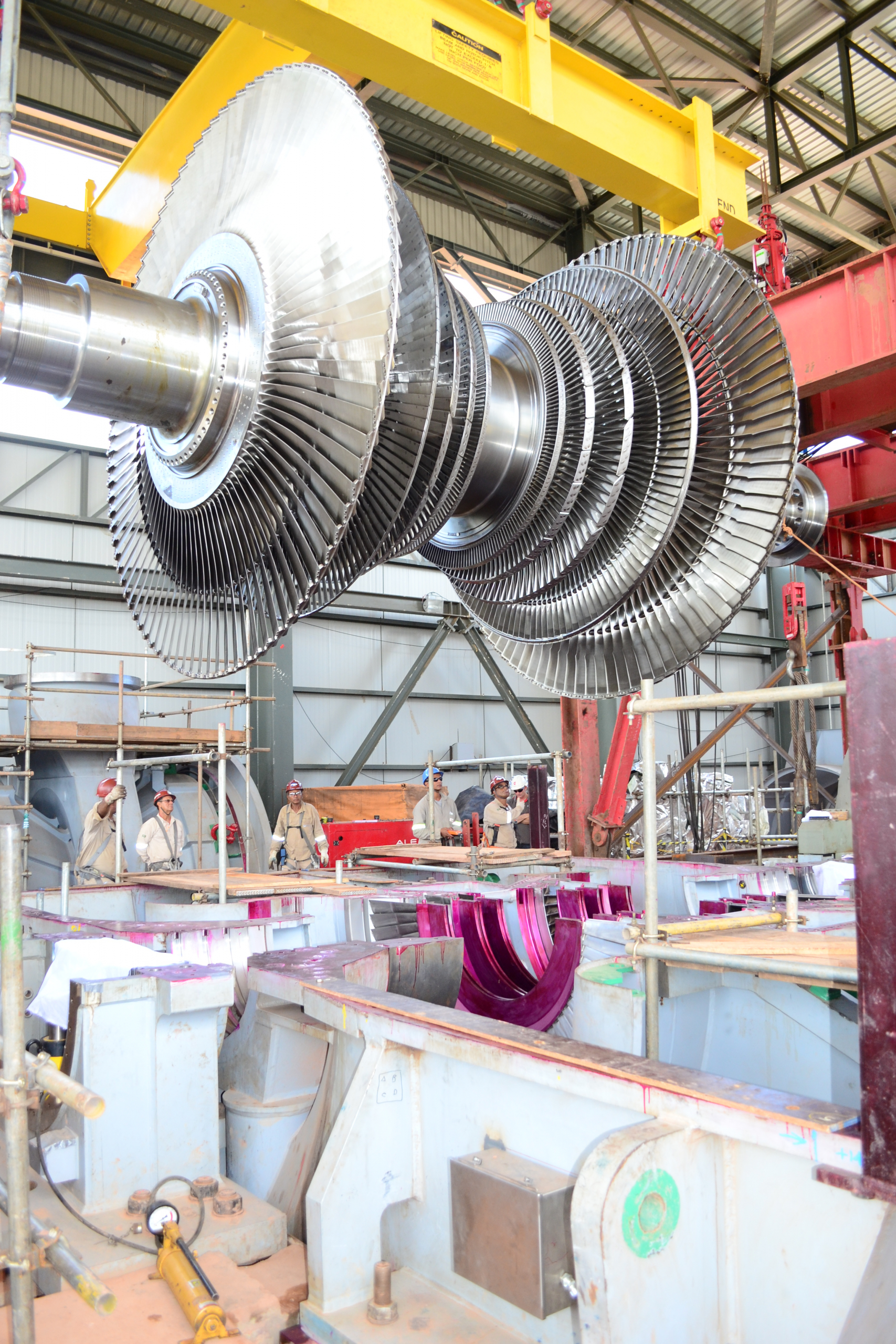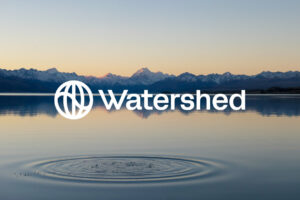Calling All Manufacturing Procurement Professionals:
You Are on the Front Line in the Battle against Climate Change!
Sometimes, it’s instructive to look back at what we were saying a few years ago and take stock of progress. In what sometimes seems like the distant past, before the pandemic and before the war in Ukraine, national, European and world leaders set themselves ambitious targets on climate change. The targets set in The Paris Agreement in 2015 and effective from November 2016 included global carbon neutrality by 2050, with emissions cut by 50% in the year 2030. These goals were created to keep the rise in surface temperatures to within 1.5oC above pre-industrial levels.
The Cost of Meeting Climate Goals
There is no debate that the costs of meeting these ambitious goals are high. The International Energy Agency estimated in 2020 that reaching the goal of net zero would cost $4 trillion a year, totaling between $100 trillion to $120 trillion in 2050.
Manufacturing industries and the transportation sectors face a major decarbonization challenge as they contribute roughly 50% of all global emissions today. However, manufacturing organizations often do not have the luxury of delaying business decisions to make their operations more sustainable, and they do not have direct control over their emissions. In fact, according to the World Economic Forum, “With supply chain emissions being on average over 11 times higher than operational emissions, tackling the climate crisis requires a transition to both carbon-neutral operations within companies’ boundaries, as well as carbon-neutral value chains.” It says that a first step toward reducing the carbon footprint of the manufacturing industry is, therefore, understanding the Product Carbon Footprint (PCF), which measures the total greenhouse gas emissions generated by a product across the entire product lifecycle.
The next question then, is how to measure these total greenhouse gas emissions. The Greenhouse Gas (GHG) Protocol provides a comprehensive standardized framework for any organization to do this. According to this framework, greenhouse gas emissions are categorized into Scope 1, Scope 2 and Scope 3 emissions. Essentially, Scope 1 covers direct emissions from owned or controlled sources; Scope 2 covers indirect emissions from the generation of purchased energy. And Scope 3 covers all indirect emissions (other than those included in Scope 2) that occur in the value chain, both upstream (in the supply chain, such as purchased goods and services, capital goods, upstream transportation) and downstream (for example, the distribution of the final products, their processing, and their end-of-life disposal). In fact, the GHG Protocol lists 15 subcategories. But most companies will focus on Scope 3.1 – emissions from the production of purchased goods and services. This is the most critical subcategory for carbon accounting.
For a manufacturing company, Scope 3.1 emissions are typically 80% and can be as high as 90% of their total footprint. Manufacturing companies that are committed to achieving net zero must do so in both a socially and a fiscally responsible manner, such that their efforts do not adversely impact growth and profitability.
The Role of Procurement Professionals
The question is, who will carry the load of this challenge and really make a difference? It’s you! The onus of achieve net zero is on procurement and supply chain professionals to be the true warriors in the battle against climate change while also being the resolute defenders of their employer’s economic interests. Additionally, procurement professionals in manufacturing must also help their companies safely navigate the complex and changing regulatory environment.
In the European Union and associated countries, the Carbon Border Adjustment Mechanism (CBAM) is a significant regulatory initiative which seeks to create a level playing field for businesses by discouraging carbon leakage. Requiring detailed reporting on the environmental impact of imported goods, the EU aims to incentivize the adoption of sustainable practices globally. EU importers of CBAM goods must now submit quarterly reports on their imports of iron and steel, hydrogen, aluminum and cement. Other high-impact categories will follow in due course.
Building a Robust Procurement Strategy
With thousands of suppliers in the value chain, keeping all these plates spinning is only possible if you have three robust pillars to your procurement strategy.
First, data. Manufacturers must gather data on suppliers’ emissions and keep it in one place. The question is, what kind of data? Ideally, this should be precise data on the emissions of individual suppliers, so-called primary data. However, because this information is often unavailable, most manufacturers will use secondary data, which reflects industry averages or benchmarks. Organizations who rely on secondary data must weigh additional considerations: secondary data could be spend-based, i.e. emissions per euro spent on a particular good, or unit-based, i.e. emissions per kg weight of the good, or activity based, e.g. emissions per kWh.
Second, technology. You will need to store this information in one place, and you will need analytics tools that make sense of it. Spend analytics must be extended to cover carbon emissions as well as financial outlays. Furthermore, you need to embed the information and the analytics into your sourcing and procurement operations, for example, in the RFx process. This is the big advantage of deploying the JAGGAER One solution: access to the same data across your systems. JAGGAER One is enriched with emissions data from partners such as carbmee, which provides the most up-to-date information, including primary data on emission hotspots where possible., which provides the most up-to-date information, including primary data on the main emission hotspots where possible.
A recent Gartner report listed the following areas in which a technology service provider can help manufacturers to take control of carbon emission reduction and sustainability in general:
- Transparency and Traceability
- Supplier Evaluation and Management
- Risk Management
- Comprehensive Supply Chain Control
- Efficiency and Cost Control
- Compliance and Reporting
Third, people. Again, the responsibility falls upon procurement professionals in general and supplier and category management specialists in particular to engage with suppliers to get their buy-in on collaborative efforts to reduce emissions. But fear not, you are not alone. JAGGAER has the manufacturing sector expertise you need to execute strategies that help you pursue net zero while maximizing value to protect profitability.
Conclusion: The Role of Procurement Professionals in Achieving Net Zero
The bottom line is that, while eco-campaigners raise awareness about the urgency of the climate challenge, and policymakers set out strategies and targets at national and international levels, it’s procurement professionals who will be the real heroesdelivering net zero by 2050!
We’ll take a deep dive on the ways in which JAGGAER can support procurement professionals in meeting the sustainability challenge in the next article. Meanwhile you might be interested in learning more by viewing this webinar with our partner carbmee, featuring founder and Managing Director Prof. Christian Heinrich.




